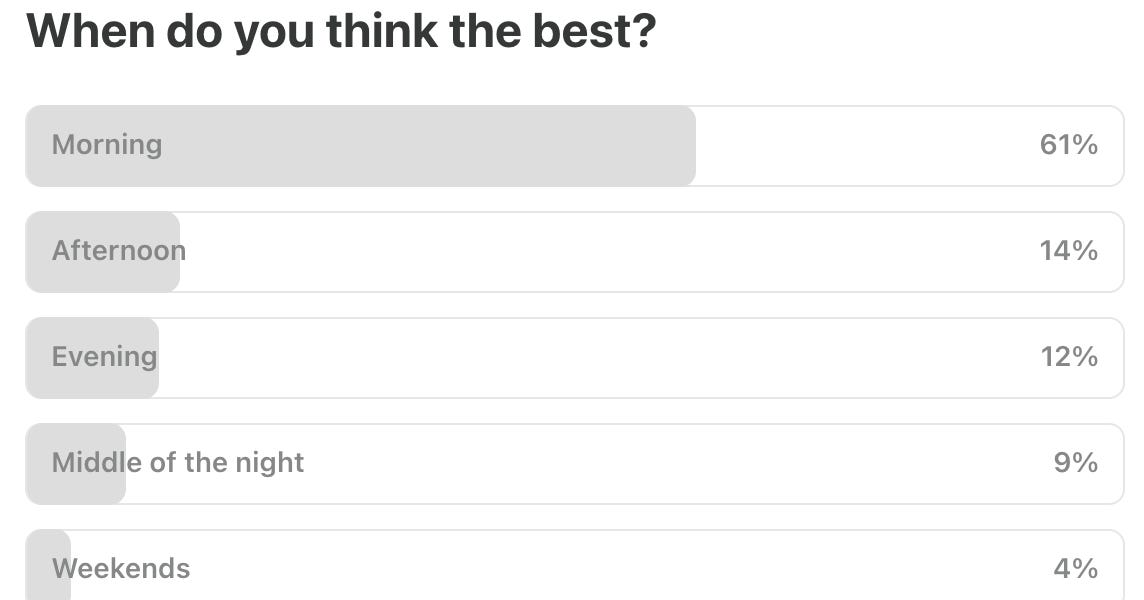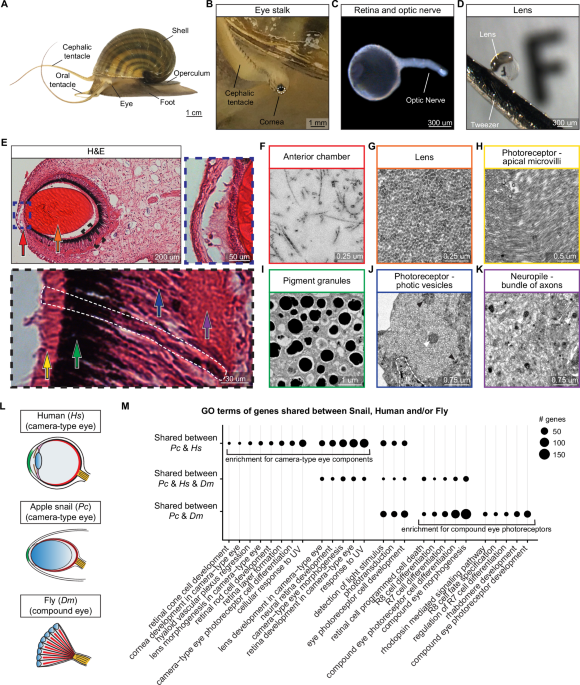Smithsonian Digitizes Pollen From 18,000 Plant Species
A team of researchers from the Smithsonian Tropical Research Institute is digitizing images of pollen from more than18,000 plant species from the tropics. These images are being used to train a machine-learning model to identify pollen grains, a job that usually takes hundreds of hours of microscopy work by pollen experts. The images also will make a wide range of new pollen analyses possible. The database, called PollenGEO, will be free online.
The Smithsonian pollen collection housed at the Smithsonian Tropical Research Institute (STRI) and the Smithsonian’s National Museum of Natural History contains more than 18,000 species, making it one of the largest pollen collections in the world. Pollen reference database such as PollenGEO could potentially serve a myriad of functions in many areas of science and medicine. For example, quick and accurate pollen identification can help diagnose a pollen allergy, pinpoint where clothing at a crime scene came from, help investigate how ancient forests responded to climate change and date hydrocarbon deposits.
Pollen’s value in paleontology derives from its durability—with some pollen grains lasting hundreds of millions of years, offering a window into Earth history that is precise in both time and space. Also, each plant species’ pollen is unique and distinct from other species.














